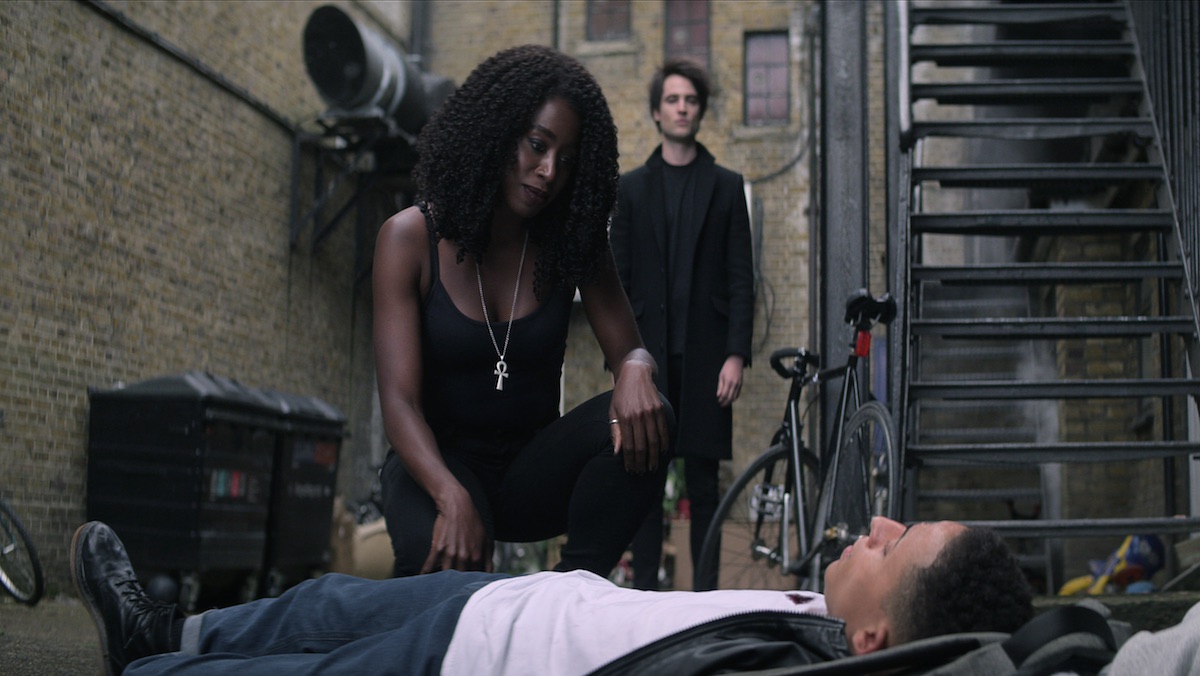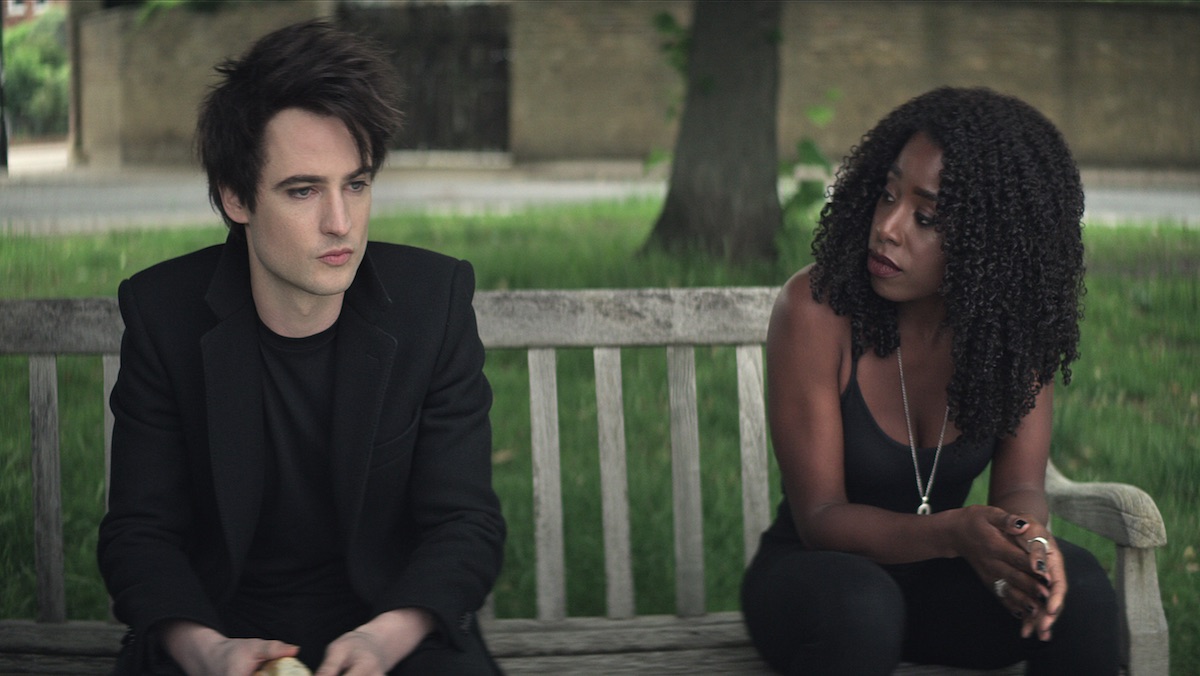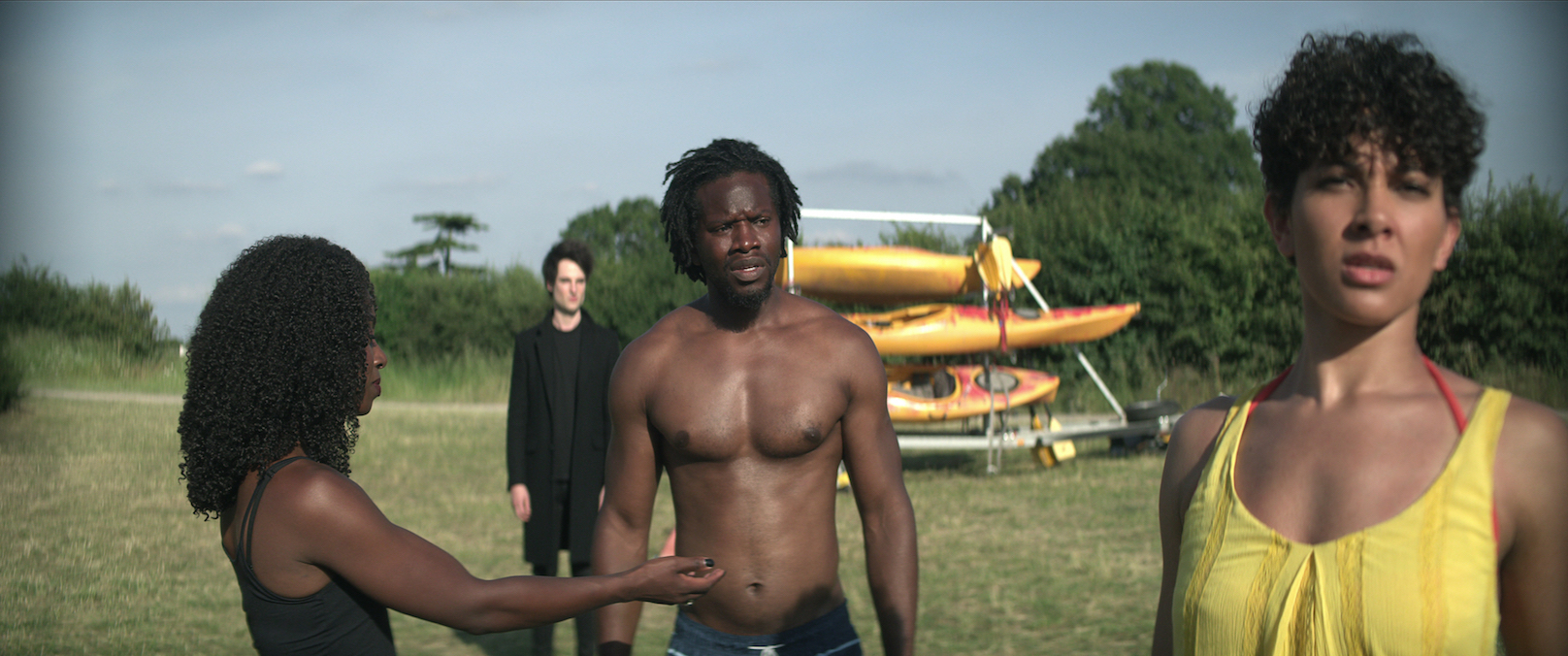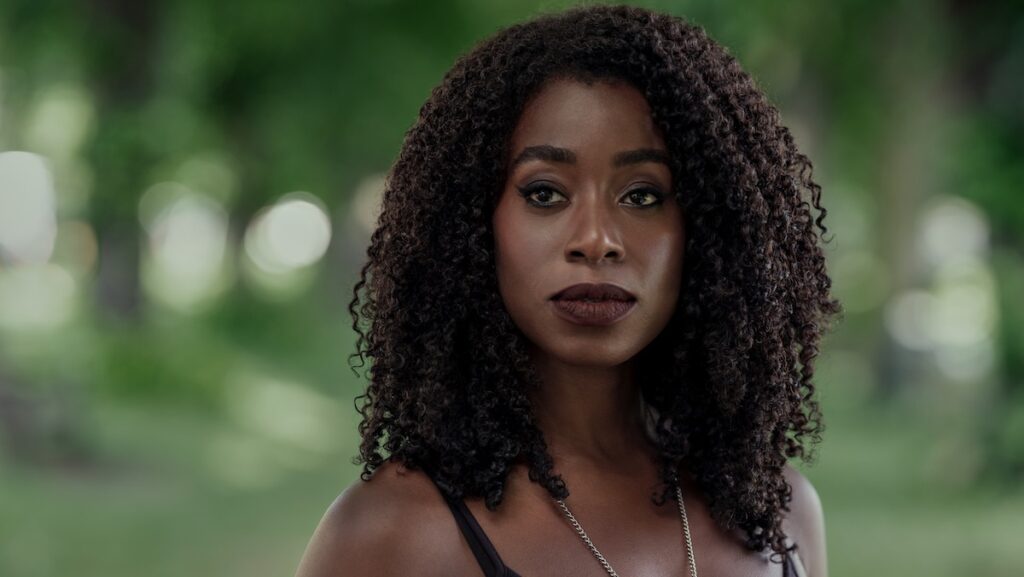Why does anyone bother making or watching adaptations of great stories? If we already love something, why do we need to experience it in a different medium? Especially when adaptations so often disappoint the people who care about the source material the most. The Sandman‘s sixth episode, “The Sound of Her Wings,” is why. The Netflix series did more than introduce new fans to the beauty of Neil Gaiman’s Death. The Sandman gave old fans new ways to appreciate a beloved character with an episode and performance that exemplifies the best of what adaptations can and should be.
Death has always been one of the most revered characters of Neil Gaiman’s comic book series, and with good reason. She stands in stark contrast to pop culture’s ubiquitous Grim Reaper. Instead of a stern hooded figure of doom, Gaiman’s Death is loving and lively. She’s downright perky and positive, but without being annoying or insincere. Death of the Endless truly cares about us. She has genuine compassion for everyone and greets us with “a kind word and a friendly face” rather than the stoic stare of a supernatural stranger. Who wouldn’t want to meet her instead of her typical counterparts?
Kirby Howell-Baptiste’s moving performance in The Sandman fully captured Gaiman’s Death, especially her empathy and compassion. But we didn’t need a TV show to appreciate the character. What justifies this adaptation—and in turn the concept of adaptations entirely—is how both Howell-Baptiste and the show brought new elements and a shared understanding of Death to life.
Much of the episode’s dialogue came straight from the comic, but it also deftly expanded on Death’s feelings about humanity and how she views her unenviable job. (Both the writing and performance did so without feeling corny. They felt like natural explorations and extensions of the original character and story.) Even though people fear Death and aren’t always ready for her “gift,” she gives it to them anyway without pride, ego or contempt. “People feel as pleased to have been born as if they did it themselves,” she said. Yet Death doesn’t hold that arrogance against anyone. We get the very best she has to offer because she knows that’s what we need. And what she has to offer is understanding, sympathy, kindness, even when we probably don’t deserve it.
But if dying is hard, being the manifestation of death is even harder. We only die once, but she will experience every single death from the beginning of time until the end. That responsibility inevitably wore on her, as it would any caring individual. She even once considered abandoning her post like her brother, “the Prodigal.” But then she had a realization that added new emotional depth to The Sandman‘s Death. “I used to think I had to do this all by myself,” she told Morpheus. She came to understand that at the end she’s there with us. “I’m holding their hand and they’re holding mine. I’m not alone when I’m doing my job,” she said.

That might be the single most memorable sentiment from The Sandman‘s first season. We are there for Death just as much as she’s there for us. Forget not being alone when we die—meeting her is so much more than that. When we embark on this unknown journey we’ll have someone we care about with us as we take the first step. She knows “most of us will be glad for the company of a friend” when we need one the most.
Even her lack of answers about what awaits us in the next life is beautiful in its own way because it’s honest. Death is not there to tell us where we go. Nor is she there to tell us everything will be all right. Death offers no more guarantees than life.

Dying doesn’t seem as terrifying when you imagine this Death will by your side. The act of dying on The Sandman—whether in old age doing what you love, or alone in an alleyway far too young—certainly wasn’t horrible. It wasn’t defined by sadness or anger, nor even by the finality of life. Instead it was about the comfort of holding a hand and the soft sound of wings.
And seeing and hearing all of that in The Sandman was powerful in a way than reading about them isn’t. Not better or worse, just different. Because while no TV show or movie can ever fully capture every aspect of what makes a book or comic great, live-action adaptations bring elements the written word or a static illustration inherently can’t. Things like the the sound of a violinist’s final performance or the perfect musical score that plays as he leaves this world. And they can’t capture the tangible warmth and presence Death brings to a room. Or the honesty in her face as she conveys genuine encouragement and patient compassion all in a single tilt of her head.

No matter how good the episode’s script or direction was, though, it wouldn’t have mattered without Kirby Howell-Baptiste’s performance. The episode could have featured the greatest cinematography and music ever created and it wouldn’t have mattered if she didn’t fundamentally understand and capture the best of the character. Without her new fans wouldn’t know why readers have always loved Gaiman’s Death and old ones would have been disappointed. Instead she gave us the best of both worlds with something both familiar and new.
When we read we’re interpreting a single writer’s work in our own way. We might all see some of the same traits in Death from the comics, but ultimately she is unique to each of us because we bring our own perspectives and experiences to the character. I might picture her as more bubbly than you. Meanwhile you might imagine how she walks or moves in a totally different way. And we almost certainly don’t “hear” the same exact voice when we read her dialogue. Those subtle differences shape how we think and feel about comic book Death, and that fundamentally “changes” who she is to each person.

But now we all have a singular version of Death to share. When we’re watching the show we’re not filling in certain aspects of the character as we imagine them on the page. Instead we’re seeing how one actor did all of that. And not only did Howell-Baptiste bring the best, most important aspects of Gaiman’s Death to life, she imbued it with her own humanity. Through her we’re seeing an enduring idea through the eyes of two artists. Obviously not every live-action adaptation gives us a shared perspective we like or want. But even fewer give us one to truly love the way Kirby Howell-Baptiste did.
The existence of Netflix’s The Sandman will never change the existence of Neil Gaiman’s comic book. Nor will Netflix’s Death change how you think about the version you first met on the page. All that’s changed is that we now have two versions of Death to appreciate, each in a different medium that offer elements the other one can’t. The two aren’t competing with each other or for our admiration, either. They complement one another, and in doing each elevates their counterpart. That’s the best you can hope from any adaptation of a great story. That’s the reason adaptations are worth attempting even if they so often disappoint us. When done right they give us something new to love while reminding us why we loved the original in the first place. And you can’t do that better than “The Sound of Her Wings.”
Mikey Walsh is a staff writer at Nerdist. You can follow him on Twitter at @burgermike. And also anywhere someone is ranking the Targaryen kings.

